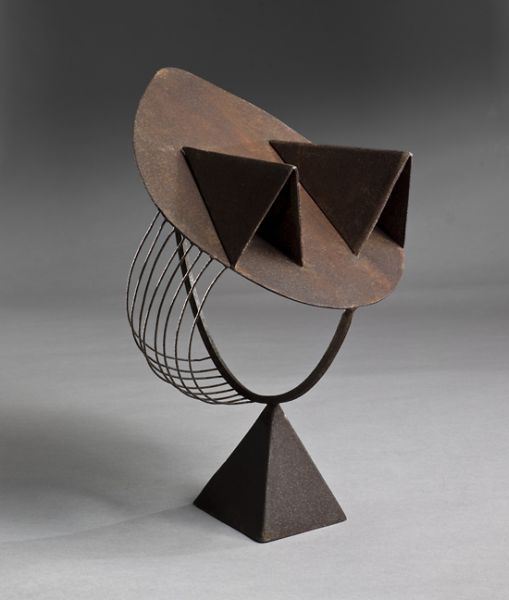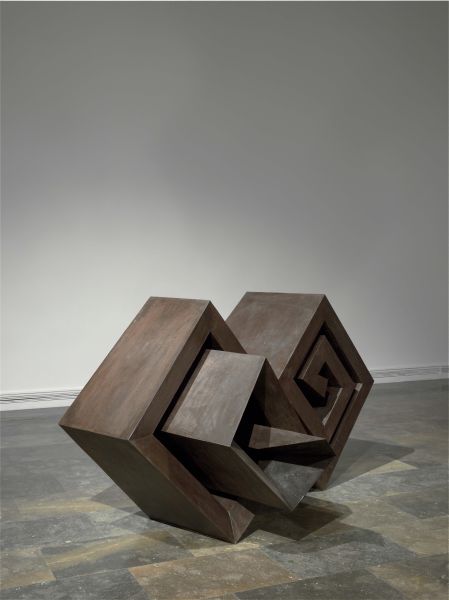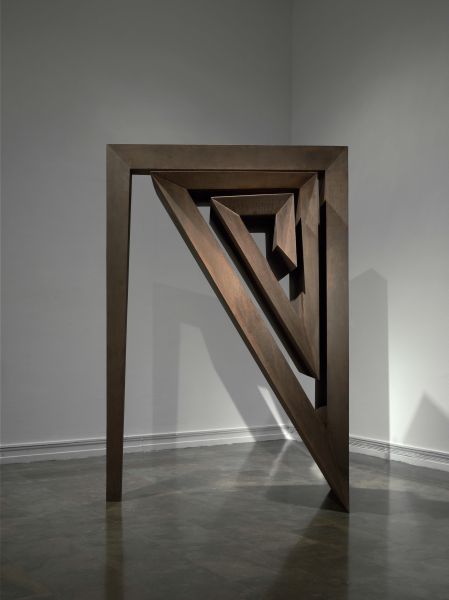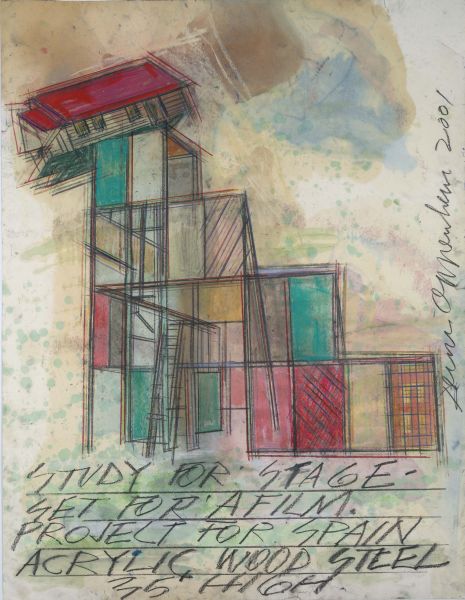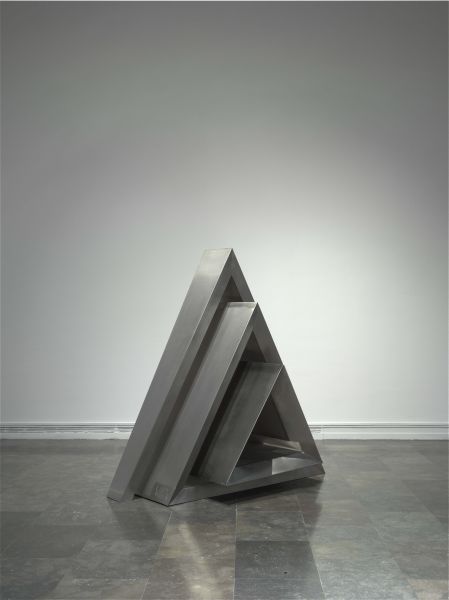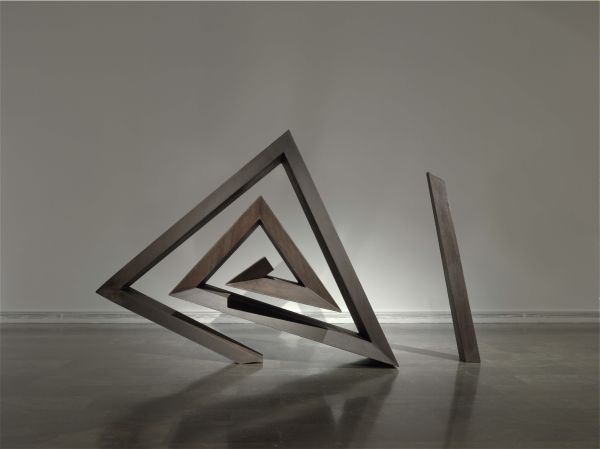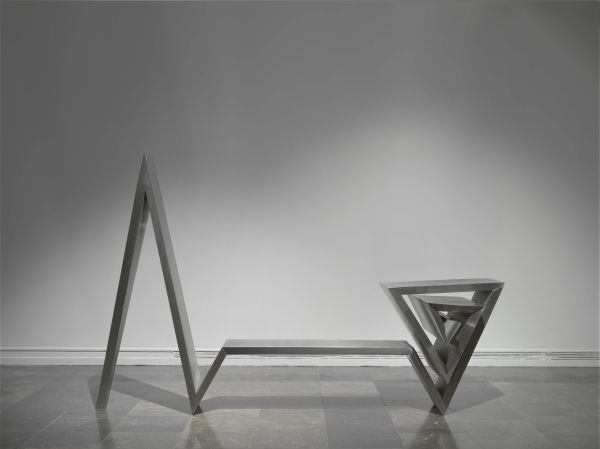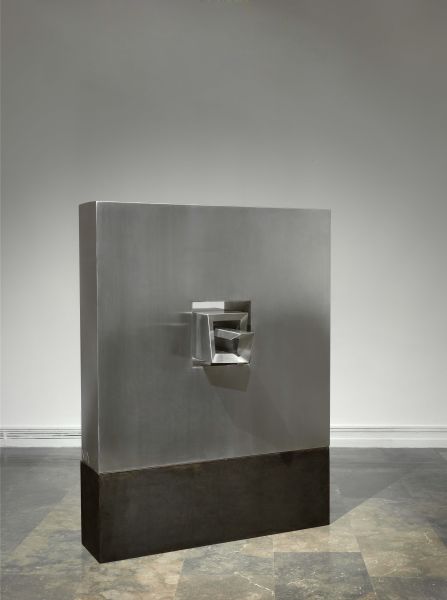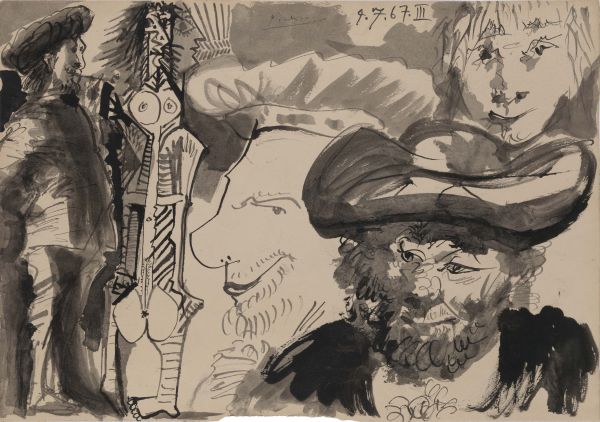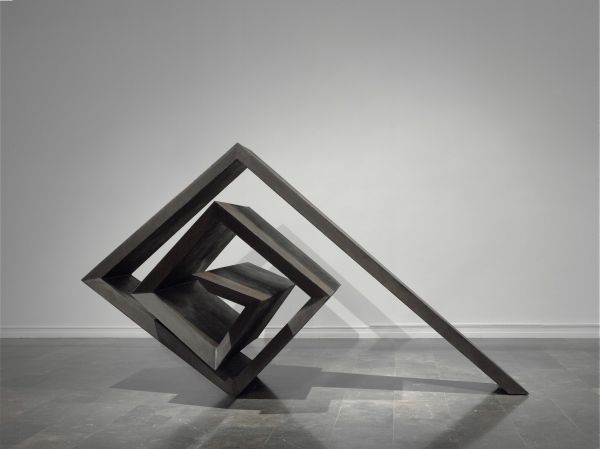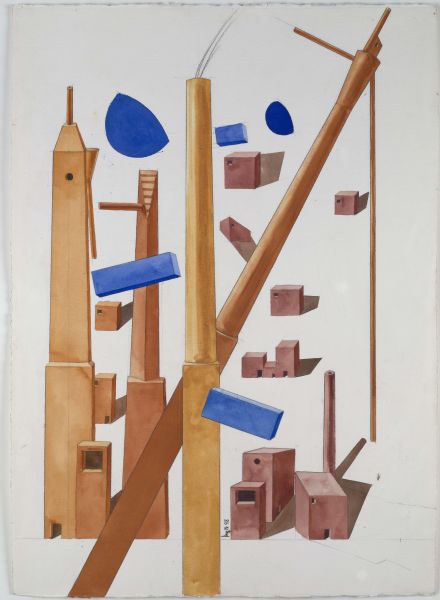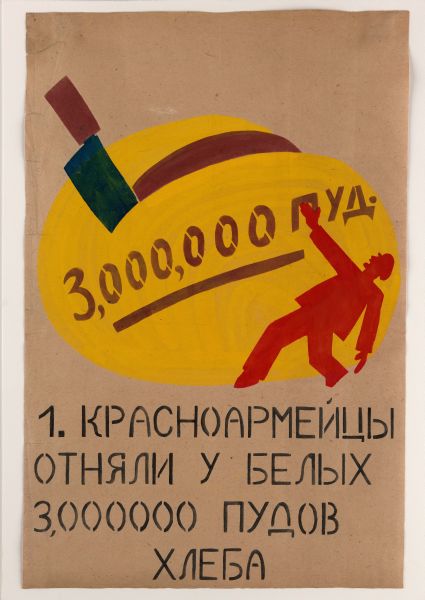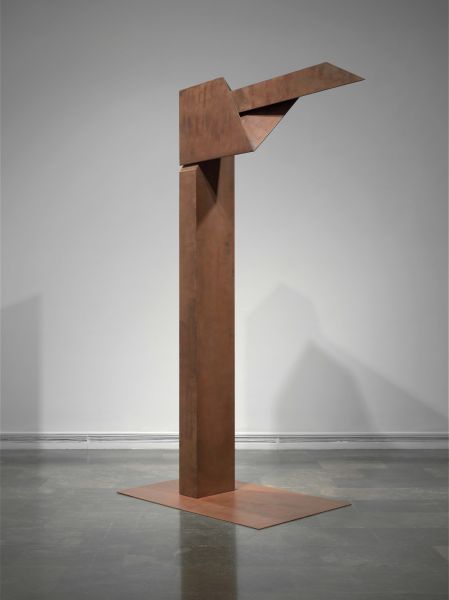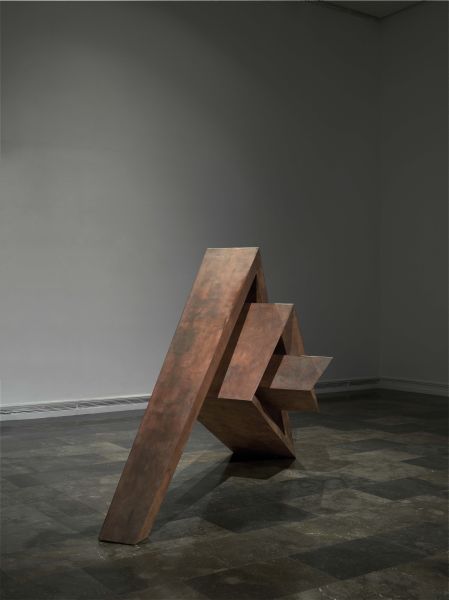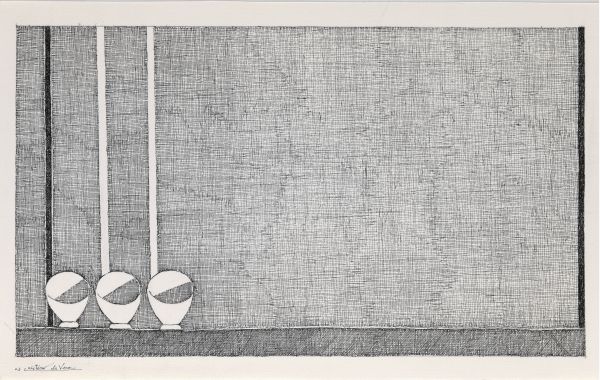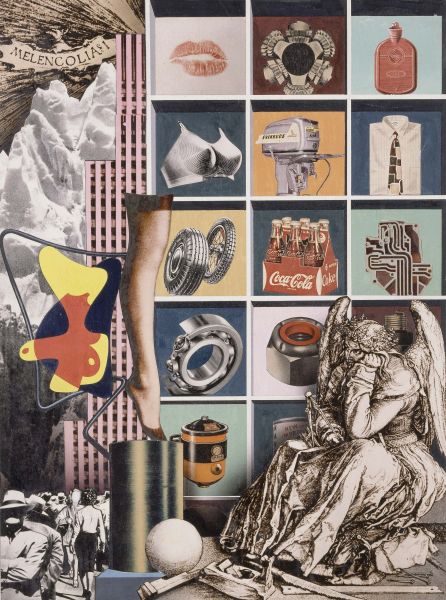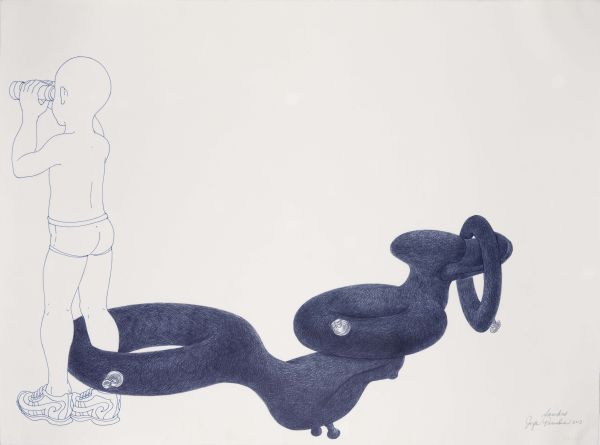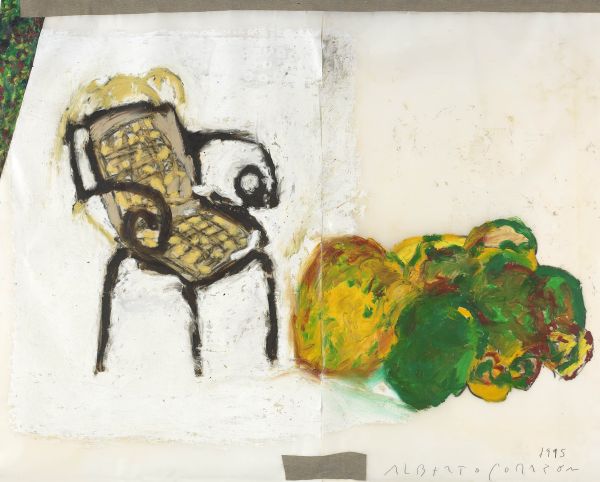Julio Gonzalez David Smith
A dialogue about sculpture
The art of these two sculptors has in common an insistence on good workmanship and, in turn, a conviction that this commitment forms the basis for an inescapable ethical proposal which makes a call on society as a totality of determined professionals united by the moral imperative to demonstrate solidarity in their work. Julio González’s La Montserrat, an extreme premonition at the first glimmer of the Civil War, just as David Smith’s Medals for Dishonor was on the threshold of the World War that followed. Two artists who, despite the distance that separated them, mark a turning point in the understanding of contemporary sculpture and share a number of decisive convictions. At least, when considered from the vantage point of the twenty-first century. Julio González (1876–1942) was an artist strongly linked to Barcelona’s version of modernity, a friend of Picasso and an early exile in Paris, but brought up on the figurative, realist aesthetics of time-honoured craftsmanship that soon assessed the subversive aspect suggested by the new art. His experience began with working with metal – iron sculpture – with the complicity of Pablo Picasso, but from a twofold perspective. Firstly, derived from the masks that powerfully evoked African ethnic art, then recently made known to the public in Paris as a result of the legendary expedition to Djibouti exhibited at the Musée de l’Homme, which immediately led to the creation of compact constructions of Cubist geometrisation in his workshop. Later, the idea of open sculpture held together by industrial welding, tempering its volumetric solidity and extending space into a structure of clusters of interconnected forms with a distant figurative pattern. An organic art of bold perceptible signs in space. David Smith (1906–1965), born in Indiana, also underwent a hard apprenticeship in welding on an industrial assembly line. But his artistic training came from the exuberant sensibility that distinguished the Art Students League in New York, together with Arshile Gorky and Willem de Kooning, and he soon became acquainted with the contagious derivations of the second European avant-garde, which was beginning to disembark in America. In 1933 David Smith became a sculptor and set out on the experimentation with form in welded iron which led him to the discovery of the sculptures in iron made by Julio González, to whom he was indebted for his “technical liberation”. For Smith, González was “the first master of the torch”, the bold imaginer of perceptible forms, discovered during Smith’s initiatory journey from Indiana to Paris in the period between the two World Wars. Years later David Smith put forward the argumentation that suggested critical appreciation of Julio González and a privileged place for him in modern sculpture: he was the creator of abstract sculpture in iron, which he succeeded in shaping and articulating brilliantly as “drawing in space”. David Smith’s new art gave fresh life to random urban fragments in an elaborate sculptural programme based on unencumbered linear metal sculpture, in a kind of “three-dimensional calligraphy”, always original and controversial, which was to make him a classic representative of the American sculpture of his century. The works exhibited take us back to the magic moment of the “heroic sculpture” of which Clement Greenberg spoke, a powerful iconic urge which, admittedly, to a merely frontal gaze takes on a hieratic vertical dimension, but one that is immediately transformed into a felicitous configuration obtained by a harmonious balance of an amalgam of metal. Powerful works, conceived and constructed slowly in the case of Julio González, yet, as has aptly been observed, defying gravity “by means of their slender, vacant materiality”, and attaining the stature of subtle industrial assemblages responding to a hushed rhythmical cadence in the case of David Smith. Always with the stimulus of sculptural drawing surprised in space, which adds a succinct, fleeting, elusive dimension to the three-dimensional work.
